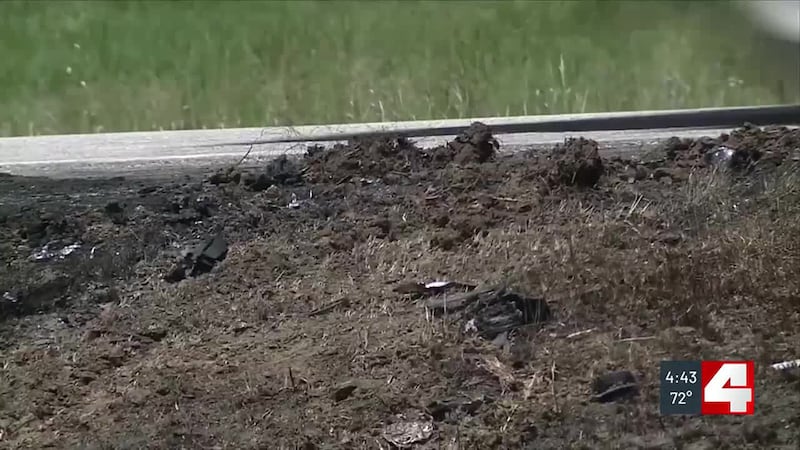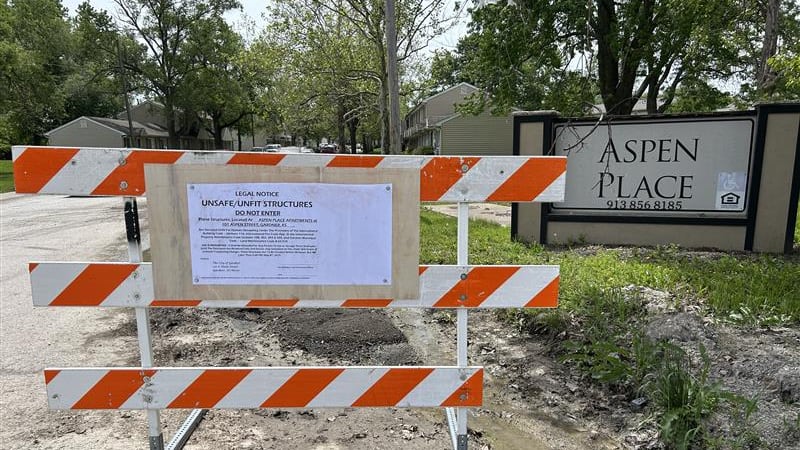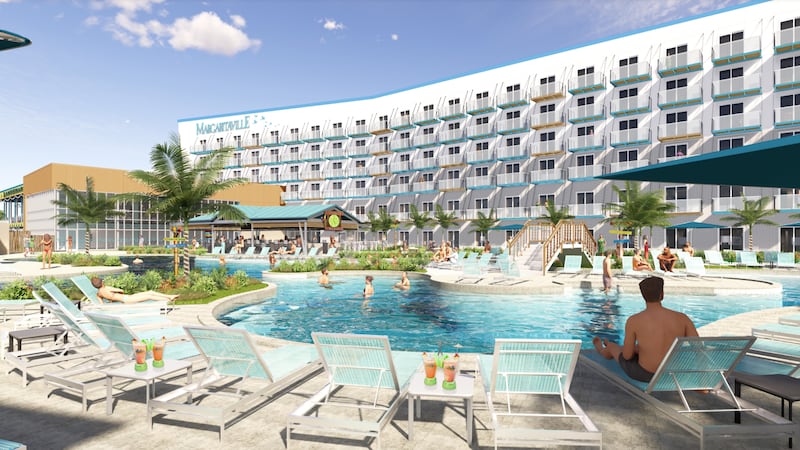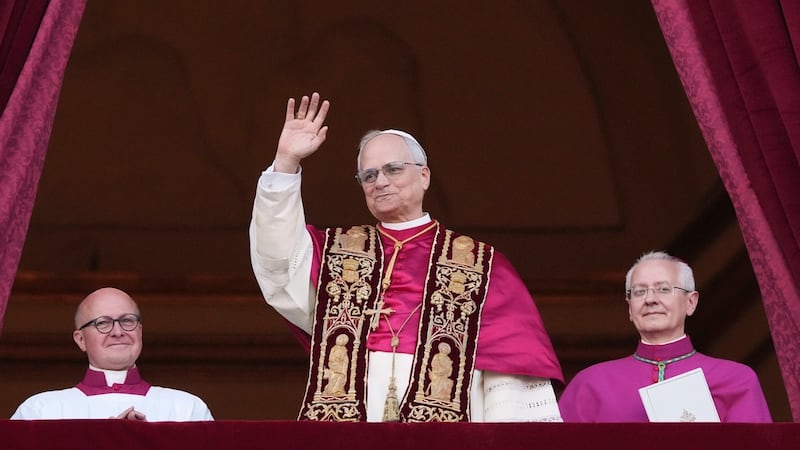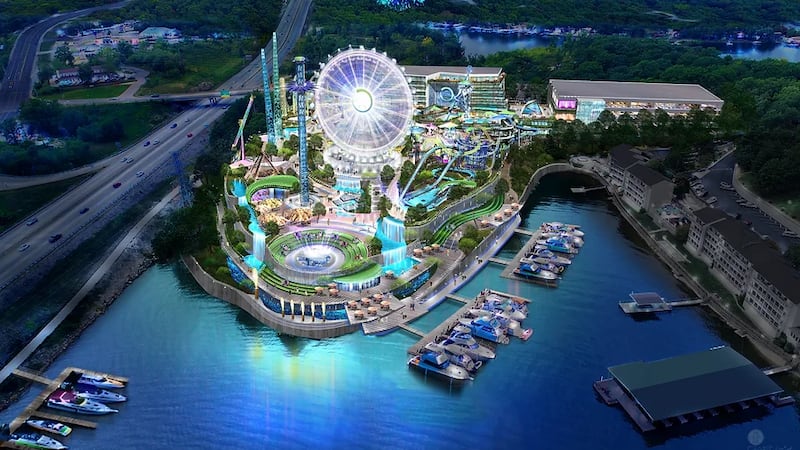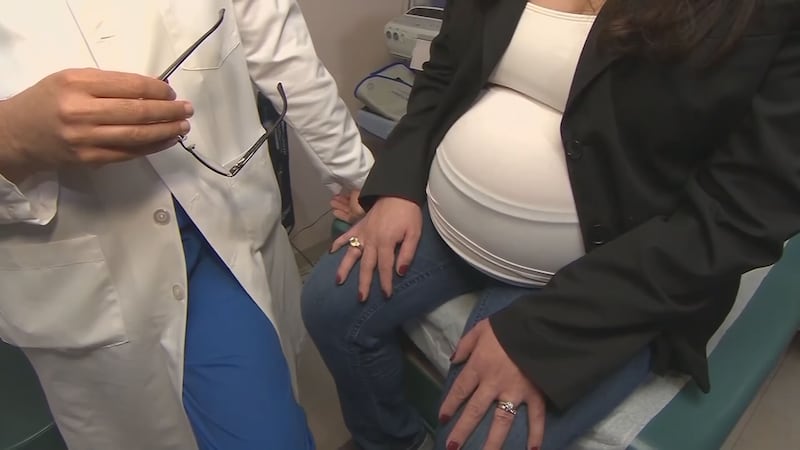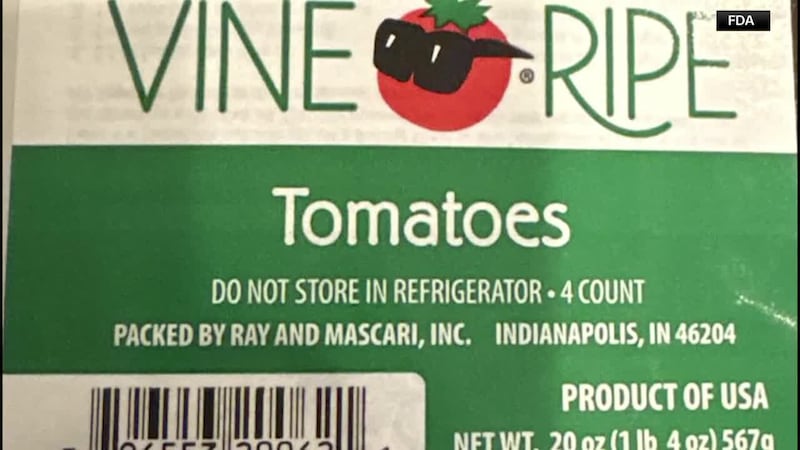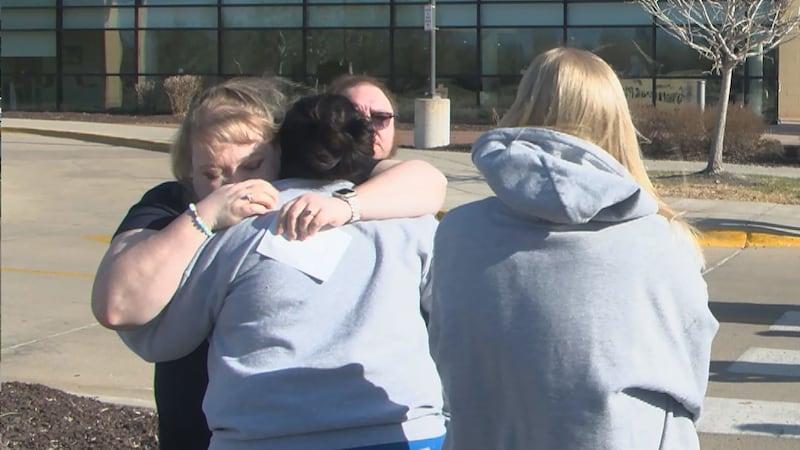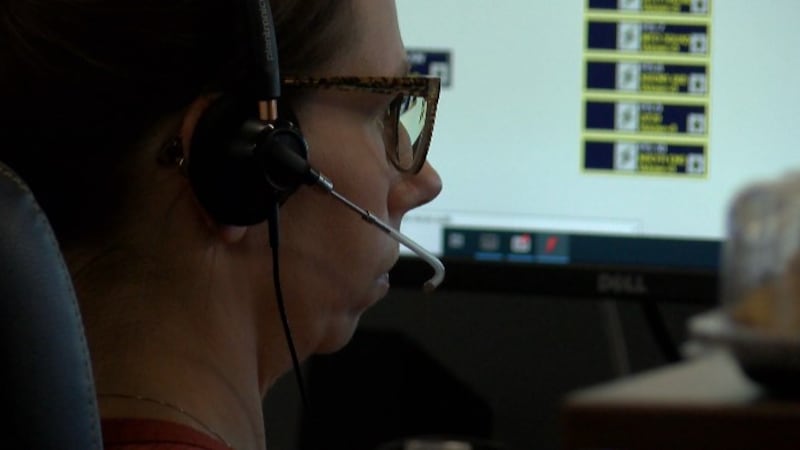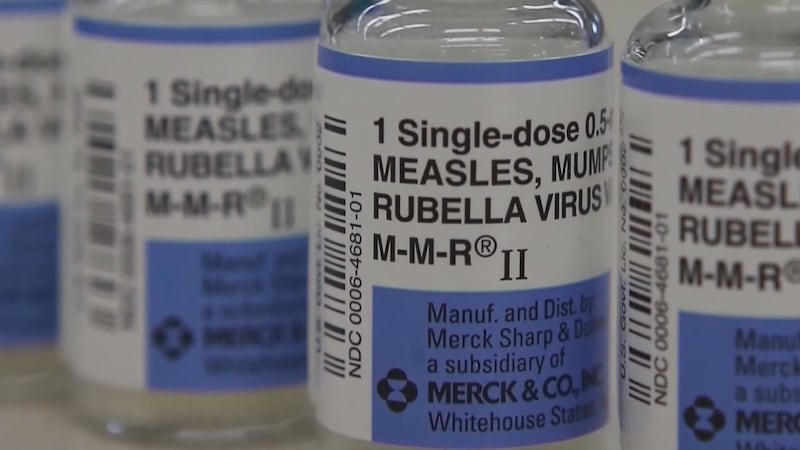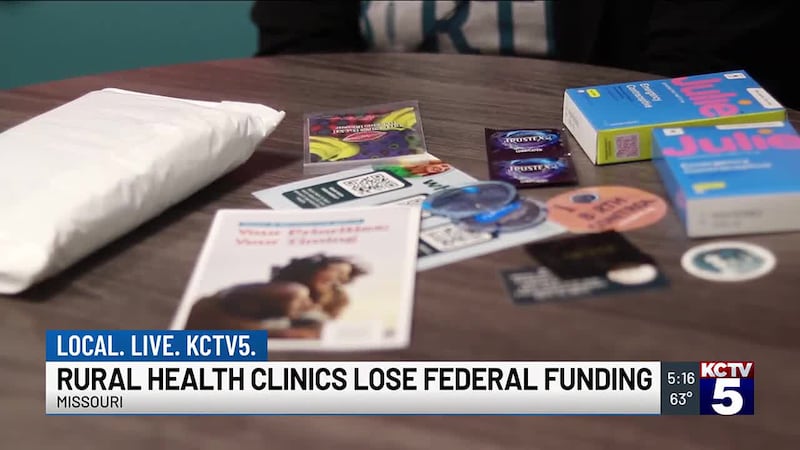Ronald McDonald House Charities to bring community, connection, convenience to deserving Kansas City families
KANSAS CITY, Mo. (KCTV) - The Ronald McDonald House in Kansas City will be expanding thanks to voters passing a measure that will allow the charity to buy a swath of city park land.
“I am exploding with joy,” said Tami Greenberg, CEO of Ronald McDonald House Charities of Kansas City (RMHC-KC).
Longfellow Park sits just down the hill from Children’s Mercy Hospital on its south side. The Ronald McDonald House charity built its set of 41 apartment-style rooms on the property through a lease agreement with the city.
They paid $1 per year to rent it. In exchange, the Ronald McDonald house maintained the remaining two acres of park. Another stipulation was that the city would own the Ronald McDonald House building since it was on city land.
“Once we purchase this land from the city, we will then actually get to own this asset that we have built and maintained with donor support over the last 20 years,” Greenberg said.
Knowing that about a quarter of voters cast a no vote, she wanted to be clear that buying the park land will not mean a massive development.
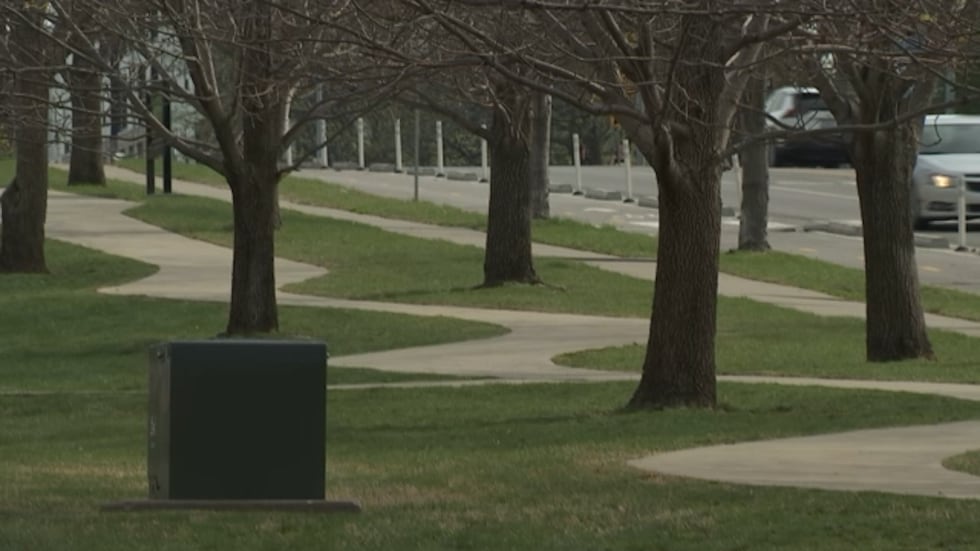
“What I want to reassure those folks is that we are not actually getting rid of park land in the traditional sense,” Greenberg said. “This is two acres right here of green space. We will use a half an acre for our Ronald McDonald House expansion, and the other acre and a half will continue to be green space. It will be publicly accessible park land.”
WHY IT MATTERS
Thousands of families like Alysha Morgan and her 11-year-old son, Cameron, get an immeasurable benefit from being able to stay at the Ronald McDonald House.
“I don’t feel so alone, that’s for sure,” said Alysha.
Cameron has a condition known as amplified pain syndrome, an anomaly in the nervous system that makes ordinary activities immensely painful.
In the beginning, he had to use a wheelchair because walking was too painful. Then the Wisconsin family found the Rehabilitation for Amplified Pain Syndromes (RAPS) Program at Children’s Mercy Hospital. Cameron is currently going through the nine-hour daily outpatient program and is making swift progress.
“The team here finally has gotten him to function back to being more of a normal kid,” Alysha said. “Before, we were afraid that baseball wasn’t going to be a thing he could do anymore.”
“It feels great to run again normally,” Cameron said.
Alysha said when he ran for the first time since being diagnosed, it brought a tear to her eye.
It will take him four to six weeks to complete the program. Alysha said there was no way she could be by his side for such a long stay if it had not been for the Ronald McDonald House. They offer free lodging, meals and more free of charge regardless of income.
“It would not have been feasible to pay for a hotel room for this long of a stay and be eating constantly,” Alysha said. “That would be been a huge hurdle on getting the treatment that he needed.”
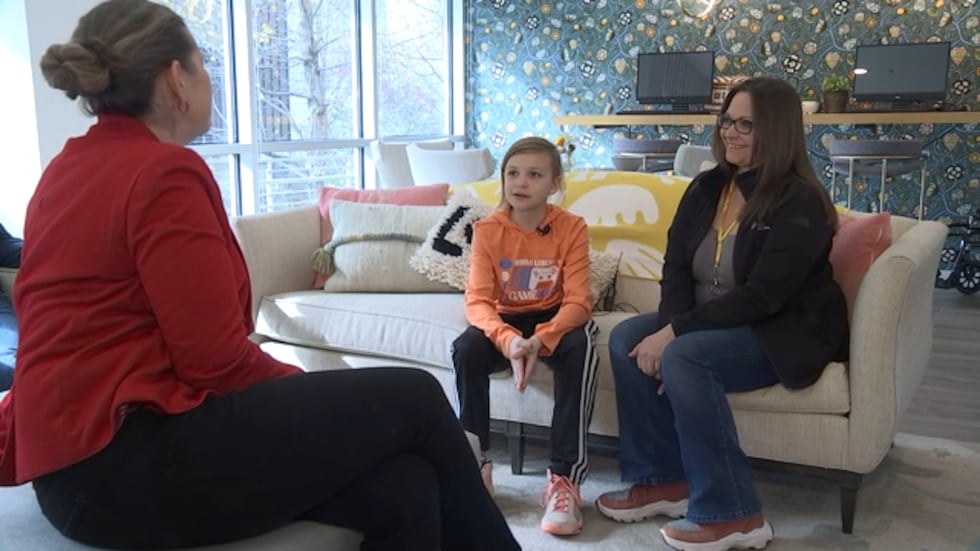
It’s not just a place to stay. The Ronald McDonald House is designed to make it feel like home. That includes the little things, like having snacks and leftovers in a community fridge. Families with a child staying for in-patient care might be coming back to their room late at night. Some kids are there for chronic illnesses like cancer. Others arrive at the hospital suddenly after a traumatic injury. The staff consider all the things that will matter. That means other little things like having laundry service on site.
“Being able to live your normal life as best you can while your child is hospitalized, it’s pretty important that we are a home-like environment for families in crisis,” said Greenberg.
The location means families with hospitalized kids can spend more time visiting and less time traveling. It’s just 5-minute walk from Children’s Mercy.
“There’s a nice garden, and it’s really easy to get between houses, and everything’s close,” said Cameron.
The private rooms give them space to breathe and the community area gives them space to connect with other families.
“You can make friends with anyone here,” said Cameron.
Back home, Alysha felt like a lot of people didn’t understand the unusual syndrome her son was dealing with.
“We were really isolated. There’s no one else that we knew. Everyone’s like, this is something we’ve never heard of,” said Alysha. “Coming here, I’ve been able to meet other families with this condition, and not just families with this condition, but other families here for a myriad of other reasons that we’re all kind of going through our own journey. That social connection is something that really is irreplaceable.”
THE ROAD TO EXPANSION
The Ronald McDonald House has been trying to make room for more families ever since building their first spot in Longfellow Park. When land and homes across the street became available, they began snatching them up. They bought a home that provided more rooms. Then, they built another house next door.
“We serve about 5000 families a year, and each of the families we serve, they are going through something extraordinary,” said Greenberg. “These 5000 families have children who are fighting cancer or children who are waiting for an organ transplant or having open heart surgery. Those 5000 families are who we have room for.”
Altogether, they now have 80 rooms on the campus, plus 14 more inside the hospital. Yet, they still turn away up to 1,000 families per year.
“When the Ronald McDonald House is full, families sometimes sleep in their car. Families sometimes reschedule medical care. Sometimes, families have to leave their child in the hospital without a parent nearby, and they’ll go home and wait for when there’s a room open at the Ronald McDonald House,” Greenberg described.
She described the specifics of the addition as follows. The current building in Longfellow Park is shaped like a U. The expansion would add a wing on the north side, such that it would be more like a hollow square. That wing will be one story higher than what’s there now, which will add 40 more rooms.
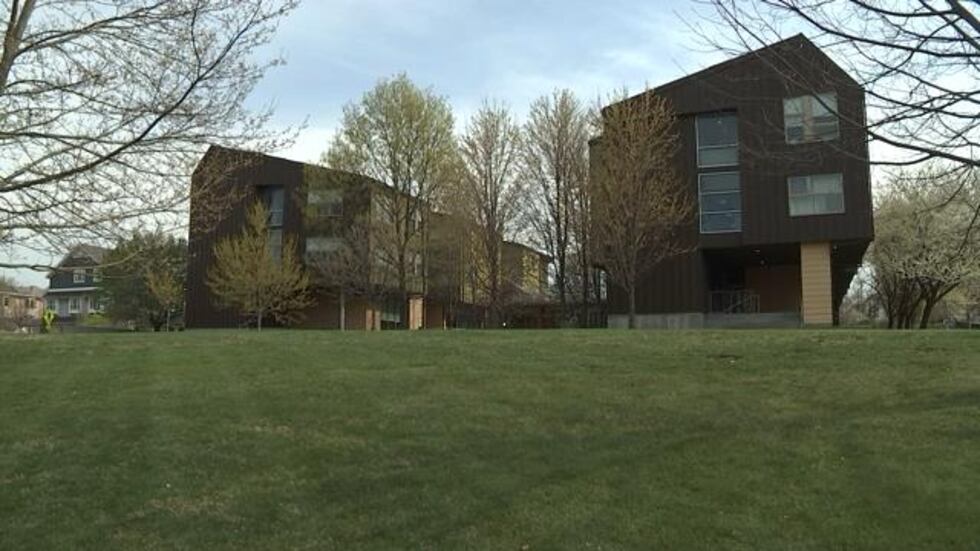
The walking path that currently sits on the north and west side of the park will remain. Part of it will be torn up during construction, but it will be rebuilt. The RMHC-KC plans to then cultivate and curate the green space with flowers and inspirational phrases. Greenberg pointed to the Serenity Garden between the two other buildings it owns as an example of how they like to utilize green space.
“We have water features and tulips and inspiring stones with quotes on them. That’s how we do green space,” said Greenberg. “Once it’s all said and done, we hope that people are really delighted with the green space that we create for the community, while we are also expanding the Ronald McDonald House for families whose children need health care.”
It will be a while before it all comes together. First, they need to plat the land to designate the half acre for the building and the remaining 1.5 acres as dedicated green space. Then, they need to get the land assessed. Step three will be negotiating a fair price with the city. After that, they will have to fundraise before they can finalize a sale and break ground.
Copyright 2025 KCTV. All rights reserved.
